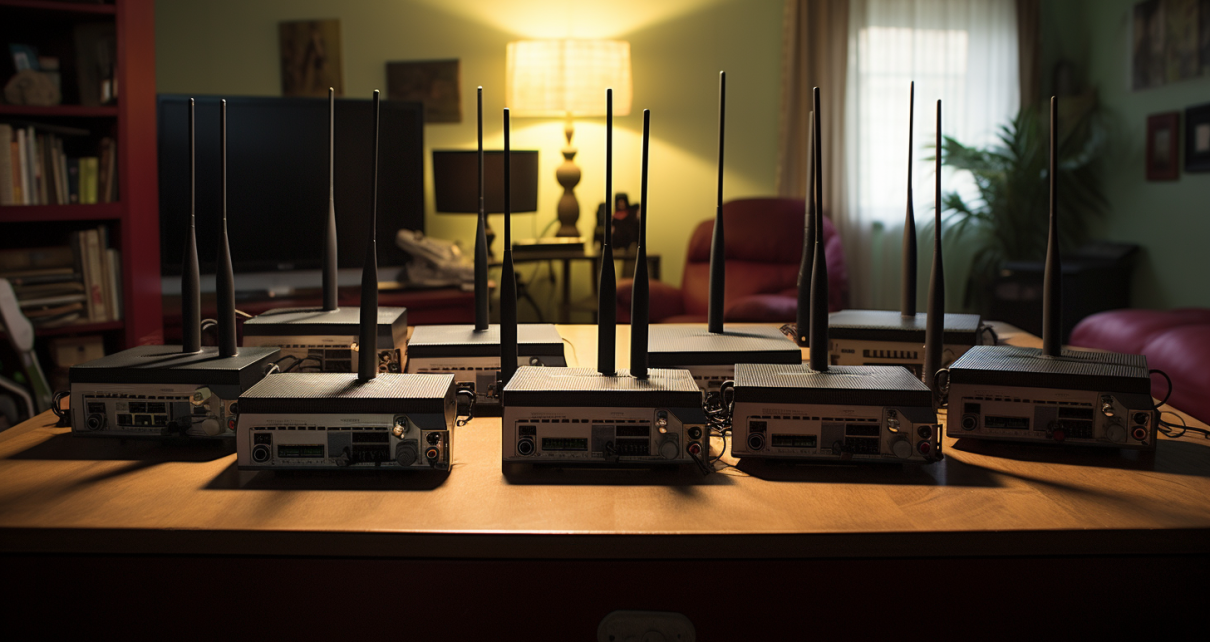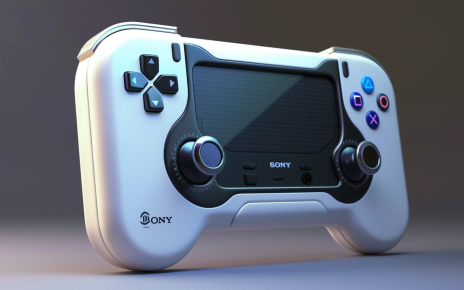As the world becomes increasingly interconnected, the demand for faster, more reliable wireless technology continues to grow. Enter Wi-Fi 7, the latest iteration of the Wi-Fi standard that promises to revolutionize our digital experiences. This article will delve into the exciting features of Wi-Fi 7, its potential impact, and when we can expect to see it in our homes and offices.
The Evolution of Wi-Fi
Wi-Fi 7, officially known as 802.11be Extremely High Throughput, is the next step in the evolution of wireless technology. Building on the foundations of Wi-Fi 6 and Wi-Fi 6E, Wi-Fi 7 aims to deliver faster speeds and smoother connections for a multitude of devices. It incorporates features such as Orthogonal Frequency-Division Multiplexing (OFDM) and BSS Coloring from Wi-Fi 6, which ensure efficient data transmission in large networks. From Wi-Fi 6E, it adopts the 6 GHz transmission frequency, which significantly boosts Wi-Fi speeds.
The Promise of Wi-Fi 7
Wi-Fi 7 is designed to handle more data in each transmission, with 320 MHz channels that are double the size of previous Wi-Fi generations. This means it can support high-demand applications such as 8K video streaming and low-latency extended reality (XR) apps, making it ideal for both gaming and commercial uses.
Another key feature of Wi-Fi 7 is the 4K Quadrature Amplitude Modulation (QAM). This is an upgrade from Wi-Fi 6 and 6E, and it allows each signal to carry more data, thereby improving the overall efficiency of the network.
The Arrival of Wi-Fi 7
The IEEE standardization body has been developing Wi-Fi 7 since 2019. The new standard is expected to be finalized in May 2024, but manufacturers of Wi-Fi chips and routers are not waiting for the official release. Some Wi-Fi 7 products are already available, based on a highly developed preliminary version of the standard. These products will receive updates via firmware as the standard evolves.
However, to fully utilize the innovations of Wi-Fi 7, new hardware is required. This includes routers and repeaters with Wi-Fi 7, as well as notebooks and smartphones equipped with a suitable radio module.
While some manufacturers, like TP-Link, are already shipping Wi-Fi 7 routers, the market saturation of Wi-Fi 7 client devices like phones and laptops is not expected until 2025. Therefore, it is suggested that consumers wait until at least 2024 when the market is expected to fully embrace the standard.
FAQ
What is Wi-Fi 7?
Wi-Fi 7, or 802.11be Extremely High Throughput, is the latest iteration of the Wi-Fi standard. It promises faster speeds, improved responsiveness, and greater reliability.
When will Wi-Fi 7 be available?
The Wi-Fi 7 standard is expected to be finalized in May 2024. However, some Wi-Fi 7 products are already available, and more are expected to hit the market in the coming years.
What are the benefits of Wi-Fi 7?
Wi-Fi 7 offers faster speeds, smoother connections, and the ability to handle more data in each transmission. It can support high-demand applications such as 8K video streaming and low-latency extended reality (XR) apps.
What is OFDM?
OFDM, or Orthogonal Frequency-Division Multiplexing, is a method of encoding digital data on multiple carrier frequencies. It is used in Wi-Fi 7 to ensure efficient data transmission in large networks.
What is BSS Coloring?
BSS Coloring is a feature in Wi-Fi 6 and Wi-Fi 7 that helps to reduce interference in dense Wi-Fi environments. It assigns different “colors” to different networks, allowing devices to identify and ignore signals from other networks.
What is 4K QAM?
4K QAM, or 4K Quadrature Amplitude Modulation, is a method of combining two amplitude-modulated (AM) signals into a single channel, thereby doubling the effective bandwidth. It is used in Wi-Fi 7 to allow each signal to carry more data.
Glossary
– Wi-Fi 7 (802.11be Extremely High Throughput): The latest iteration of the Wi-Fi standard, promising faster speeds and smoother connections.
– Orthogonal Frequency-Division Multiplexing (OFDM): A method of encoding digital data on multiple carrier frequencies.
– BSS Coloring: A feature in Wi-Fi 6 and Wi-Fi 7 that helps to reduce interference in dense Wi-Fi environments.
– 4K Quadrature Amplitude Modulation (4K QAM): A method of combining two amplitude-modulated (AM) signals into a single channel, thereby doubling the effective bandwidth.
– Extended Reality (XR): A term encompassing virtual reality (VR), augmented reality (AR), and mixed reality (MR) technologies.
– Firmware: Software that provides low-level control for a device’s specific hardware.
– IEEE: The Institute of Electrical and Electronics Engineers, a professional organization that develops standards for a wide range of technologies, including Wi-Fi.



